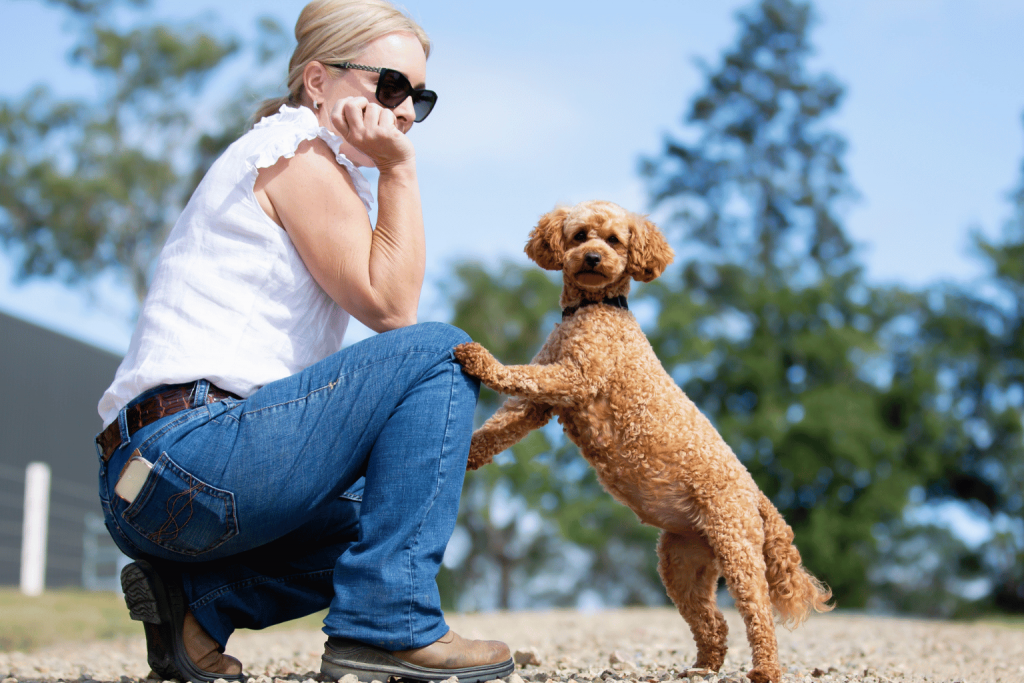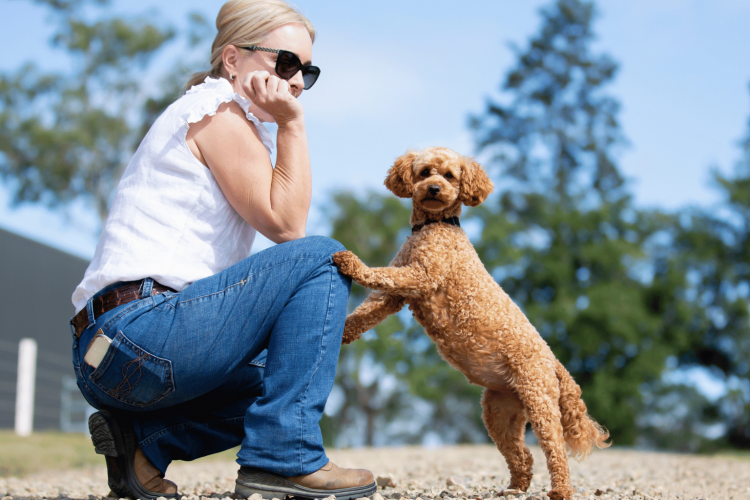Bringing home a new puppy is an exciting time, but one of the first challenges you may face is teaching them to walk on a lead. Walking on a lead properly is an essential skill that not only ensures your puppy’s safety but also contributes to their overall obedience and socialization. In this blog post, we will provide you with a practical step-by-step guide on how to teach your puppy to walk on a lead.
Step 1: Introduction to the Lead
First, introduce the lead to your puppy in a positive and gentle manner. Let them sniff and investigate it while providing them with praise and treats. Gradually put the lead on their collar or harness, allowing them to get used to the sensation without any restriction.
Step 2: Familiarize Your Puppy with the Equipment
After your puppy is comfortable wearing the lead, take short walks around the house or in a calm, familiar environment. This will help them adjust to the feeling of being led and improve their coordination. Use treats to reward them for good behavior, such as walking beside you without pulling.
Step 3: Encourage Good Leash Behavior
Teaching your puppy to walk without pulling on the lead requires positive reinforcement. Stop moving forward when your puppy starts to pull and wait for them to return to your side. Once they do, reward them with treats and praise. Make sure to repeat this process consistently until they understand that pulling on the lead doesn’t get them where they want to go.
Step 4: Gradual Exposure to Distractions
As your puppy becomes more comfortable with walking on a lead, gradually expose them to different distractions. Start with less stimulating environments and progressively increase the level of distractions. This step will help your puppy develop the ability to remain calm and focused regardless of the surroundings.
Step 5: Make Walks Fun
Walking on a lead should be an enjoyable experience for both you and your puppy. Incorporate playtime during your walks, allowing them to sniff and explore their surroundings (within reason, of course). This helps to keep their interest and ensures that they view walks positively.
Step 6: Consistency is Key
Consistency is vital when teaching your puppy to walk on a lead. Set aside dedicated time each day for training walks, keeping the sessions short but frequent. The more consistent you are, the quicker your puppy will learn.
Conclusion
Teaching a puppy to walk on a lead requires patience, positive reinforcement, and consistency. By following this step-by-step guide, you can foster good leash behavior and help your puppy develop into a well-mannered and obedient companion. Remember, the key is to be patient, understanding, and always provide positive reinforcement. Happy walking!


